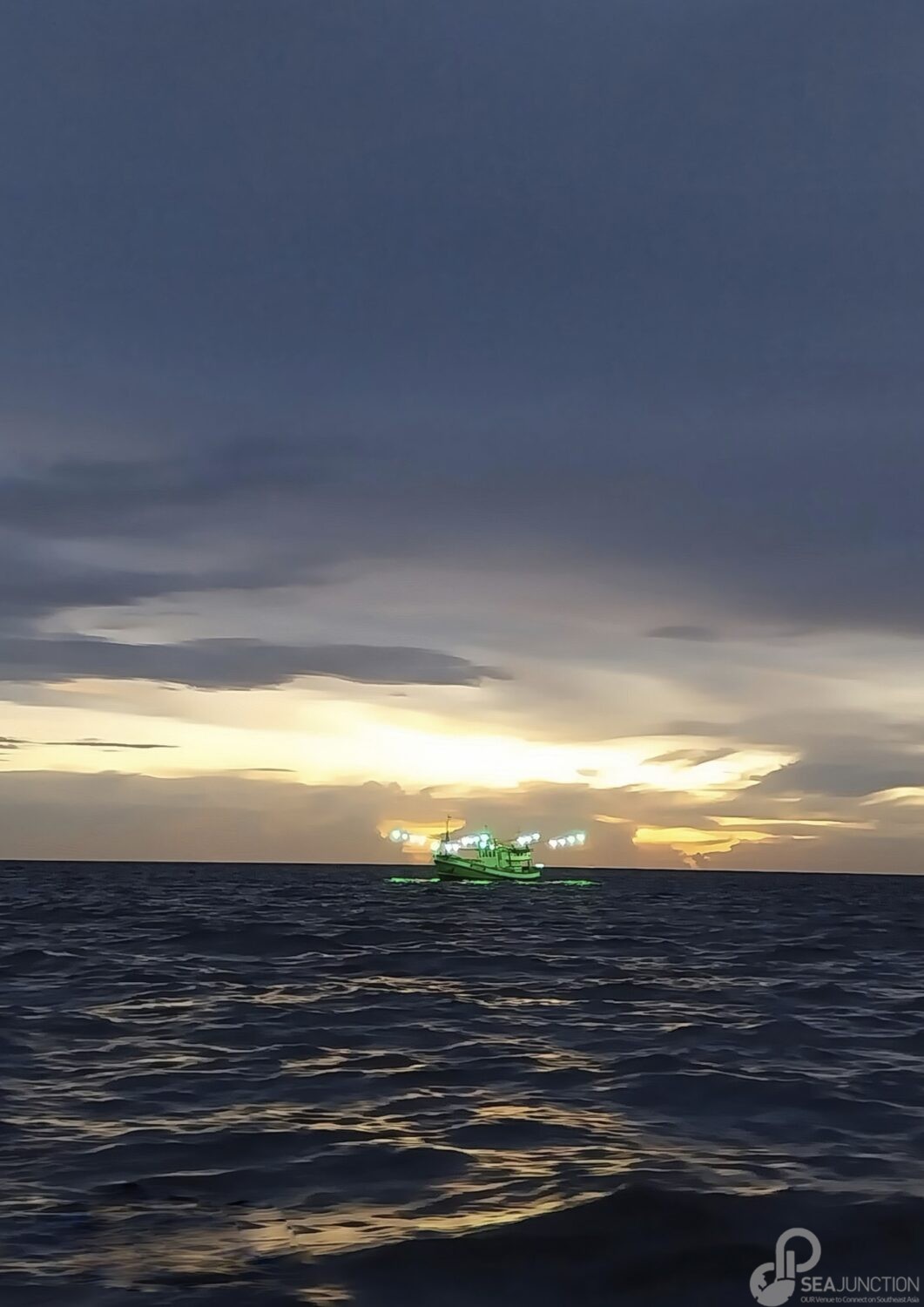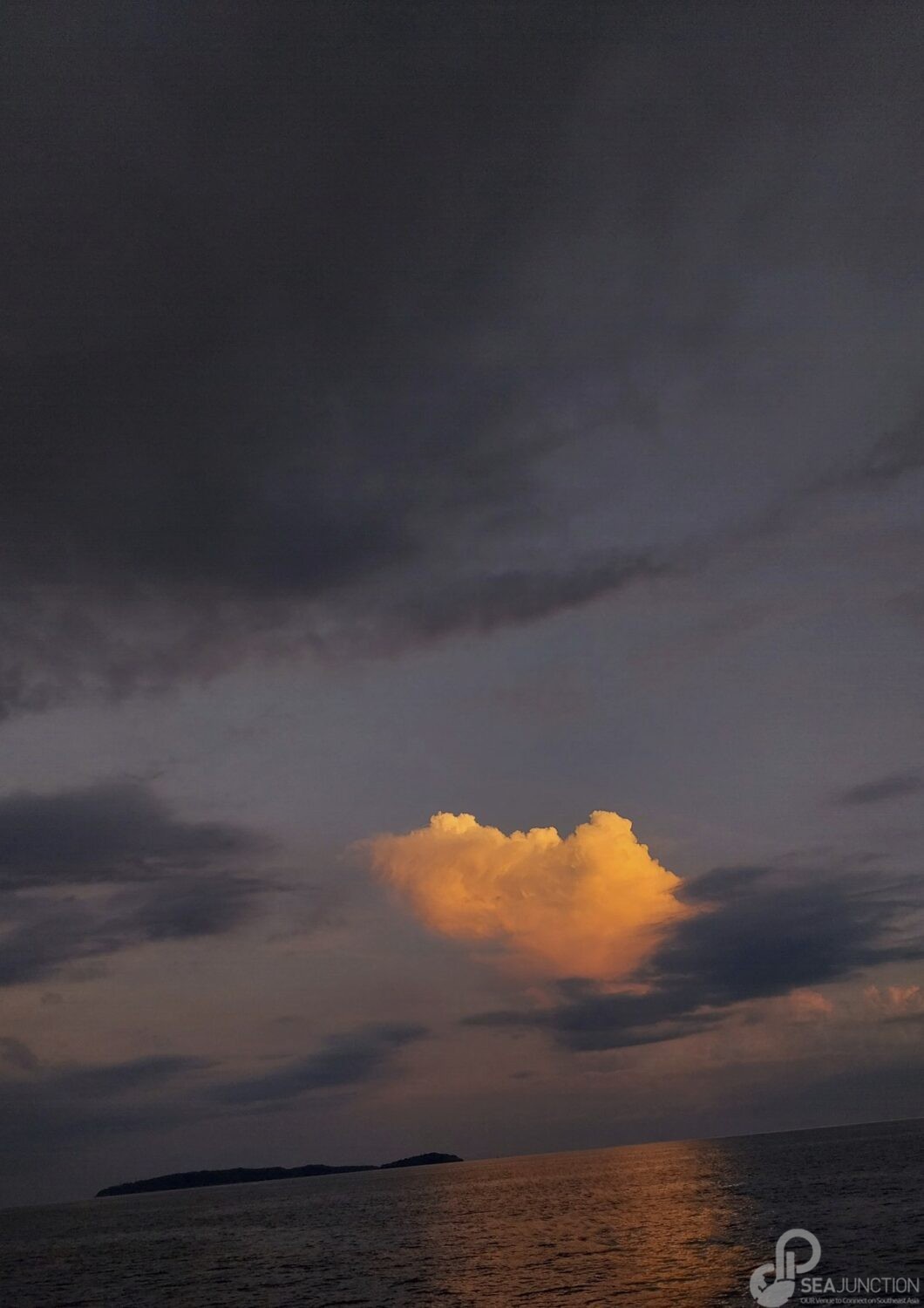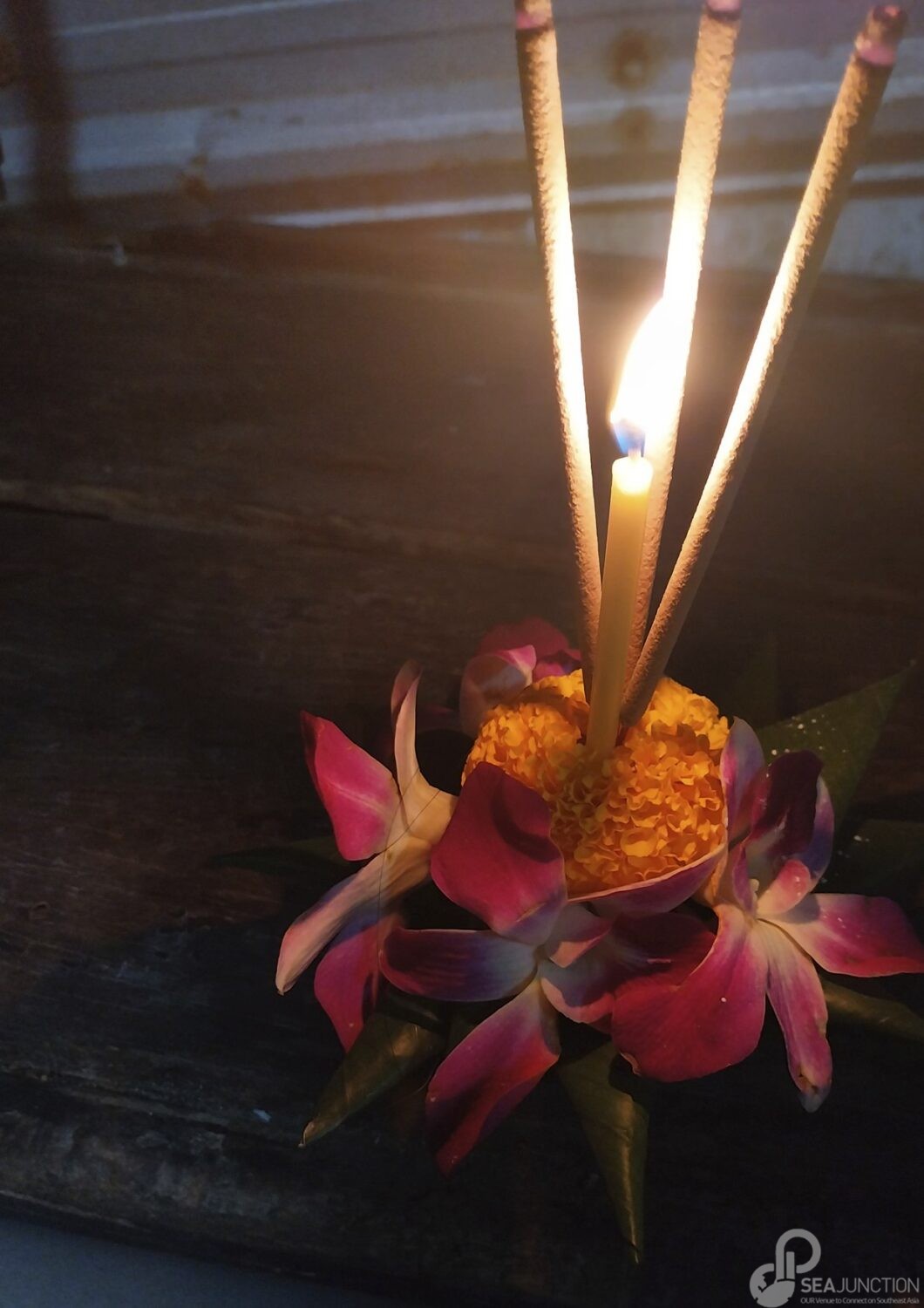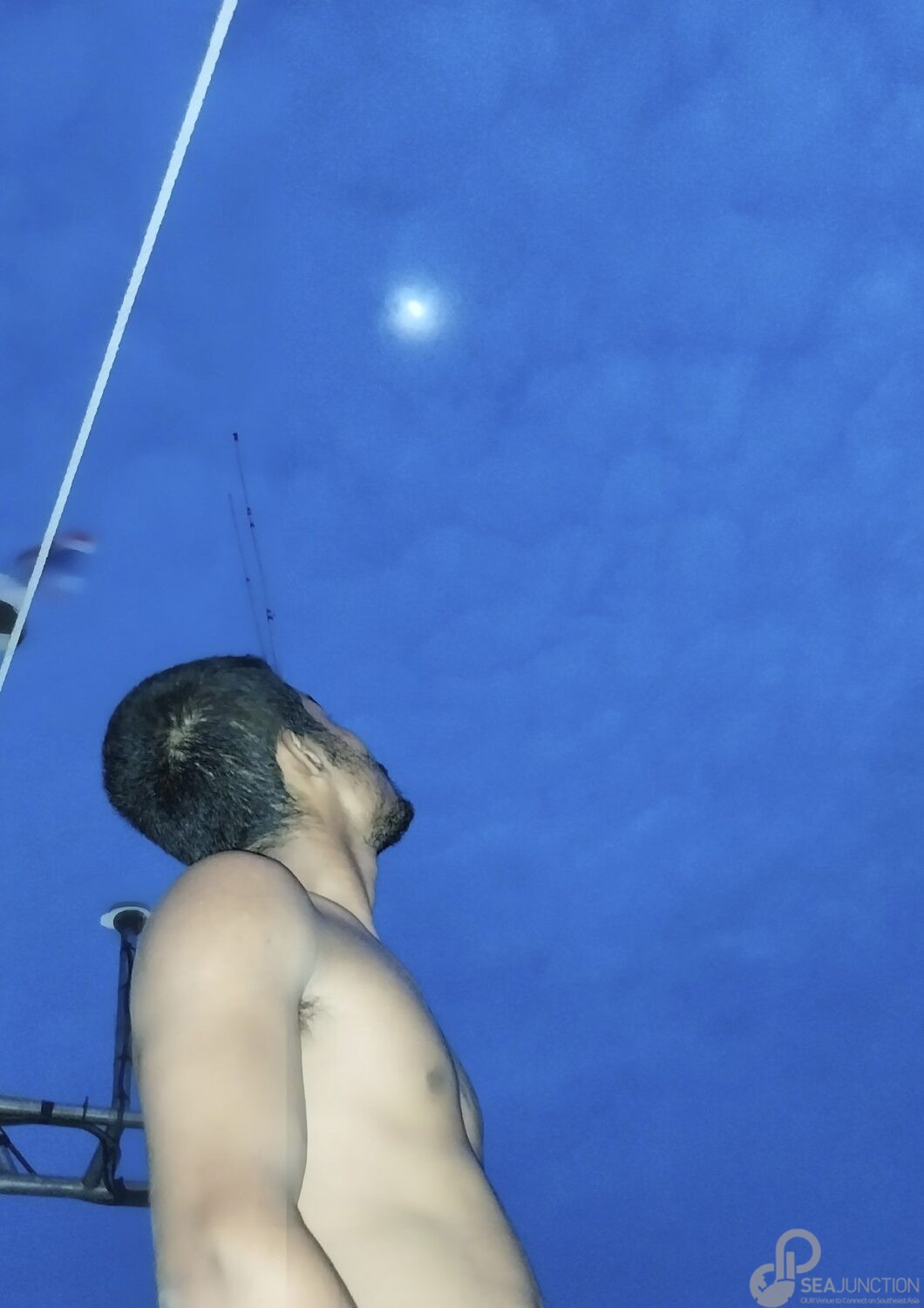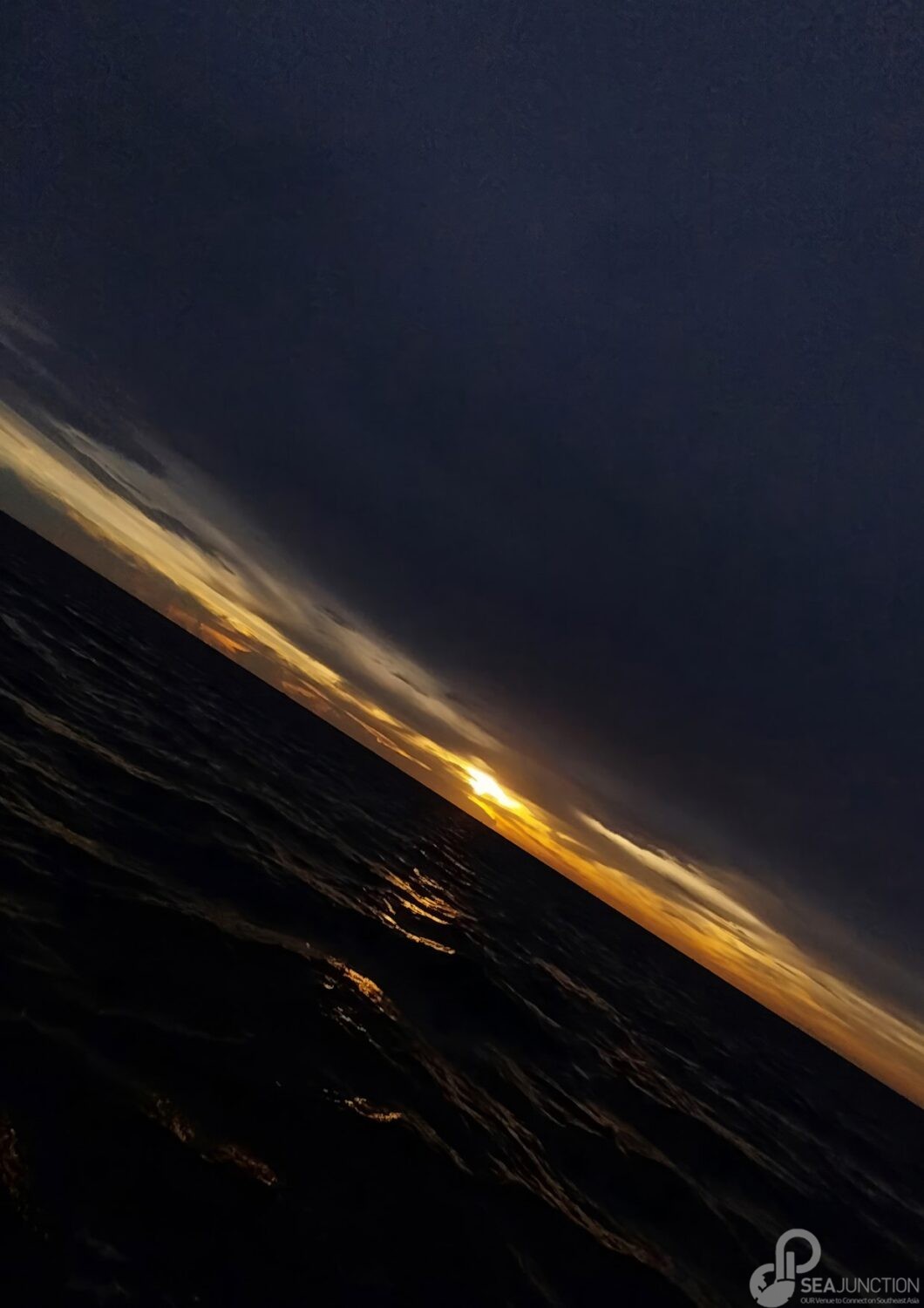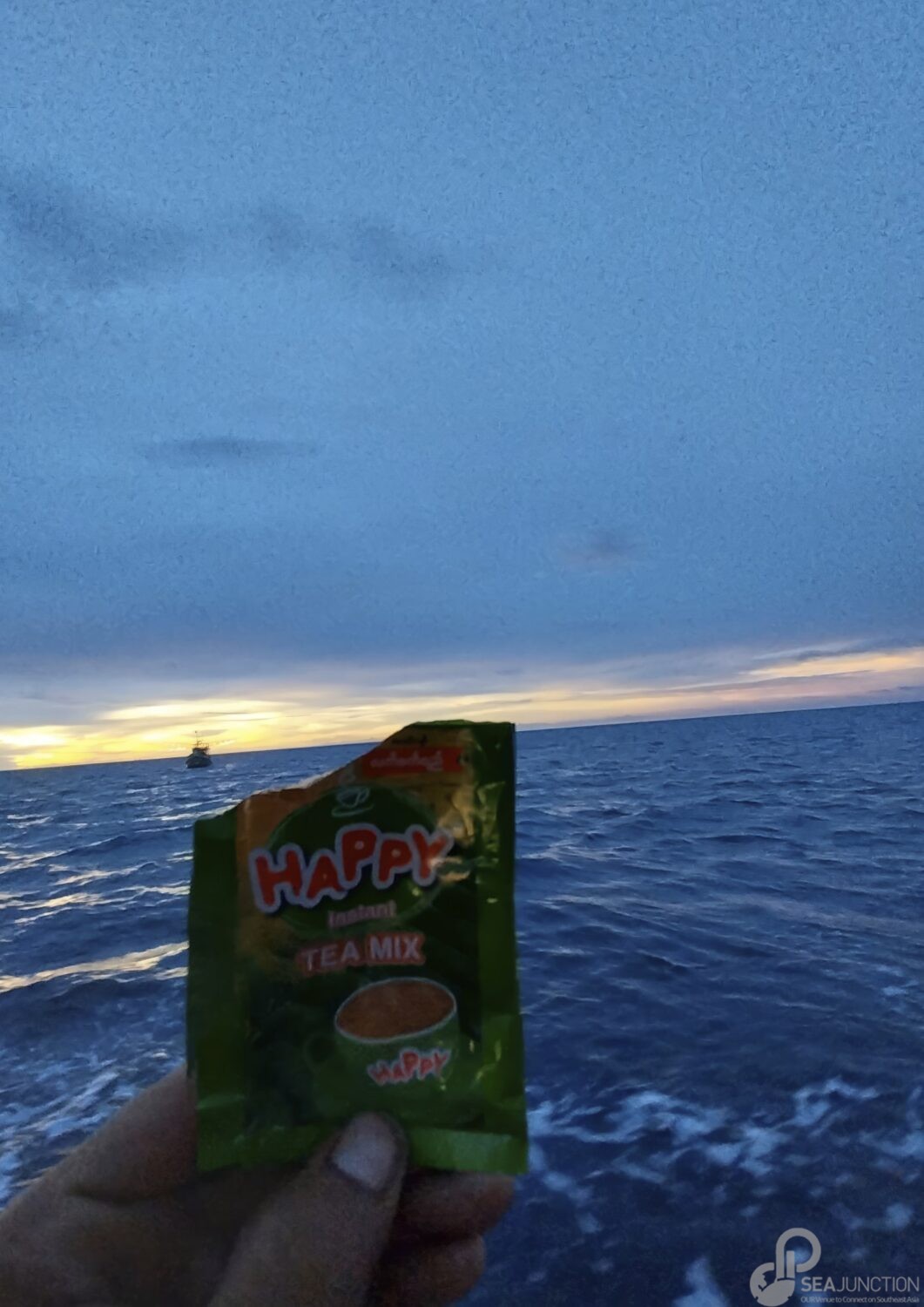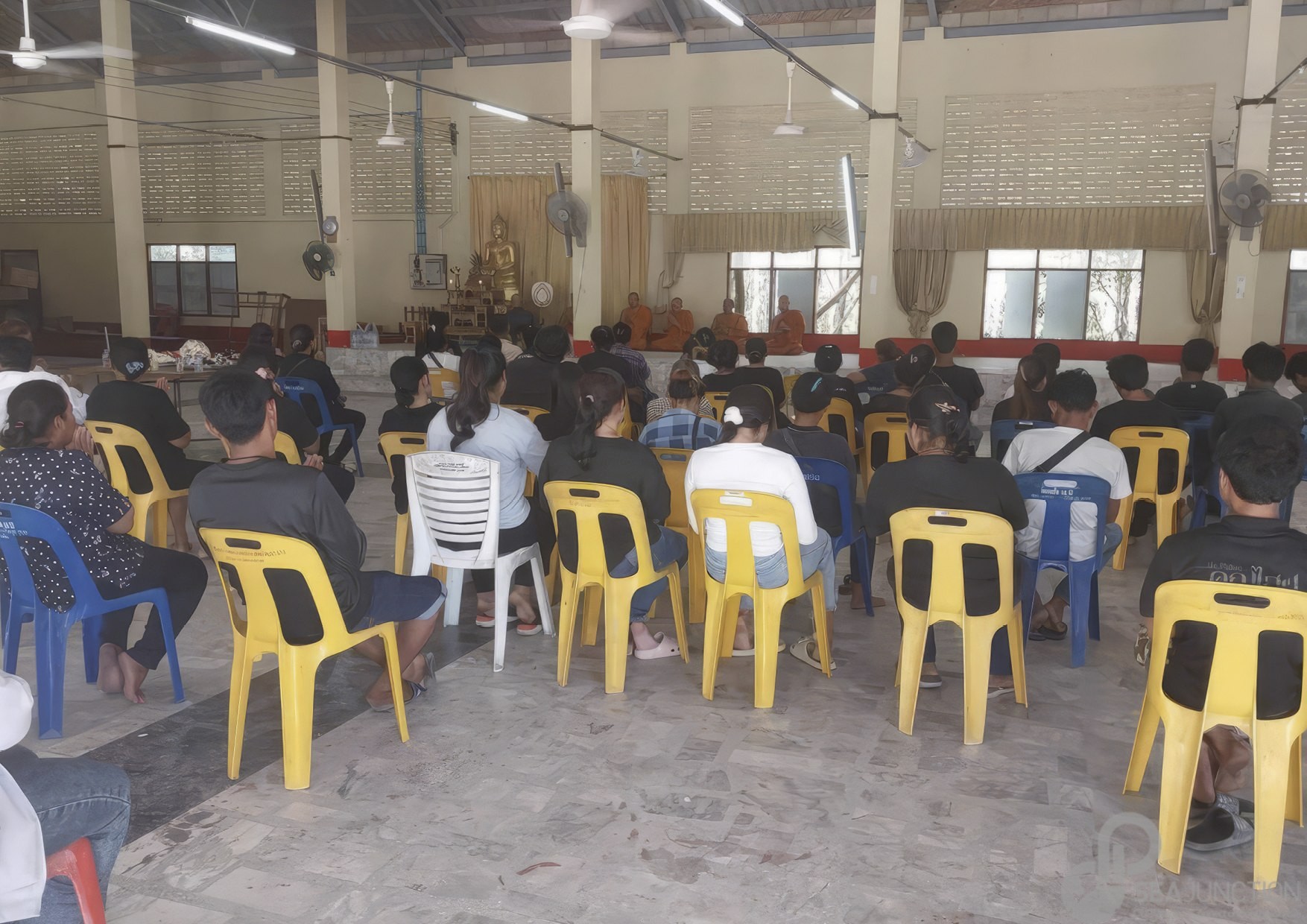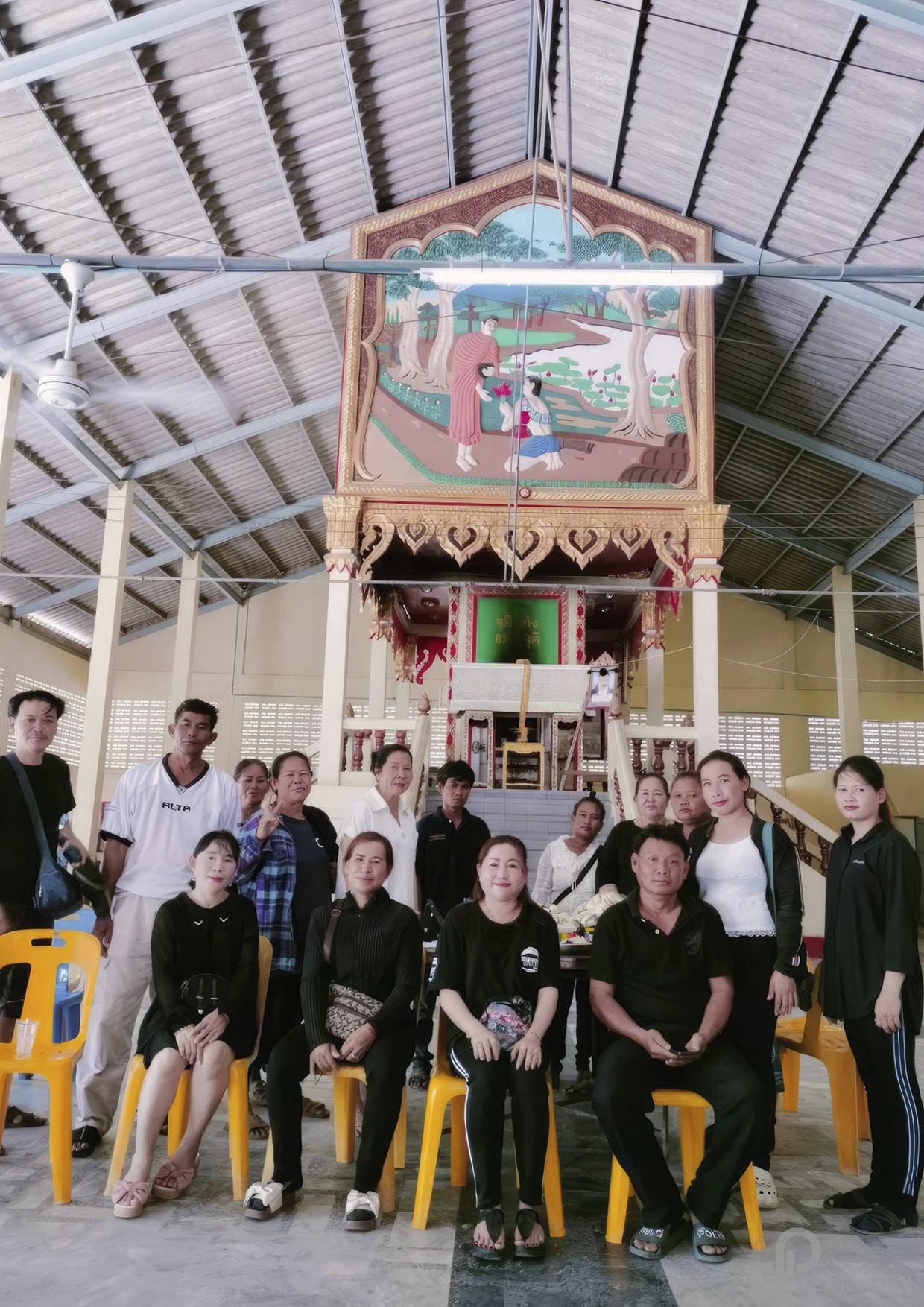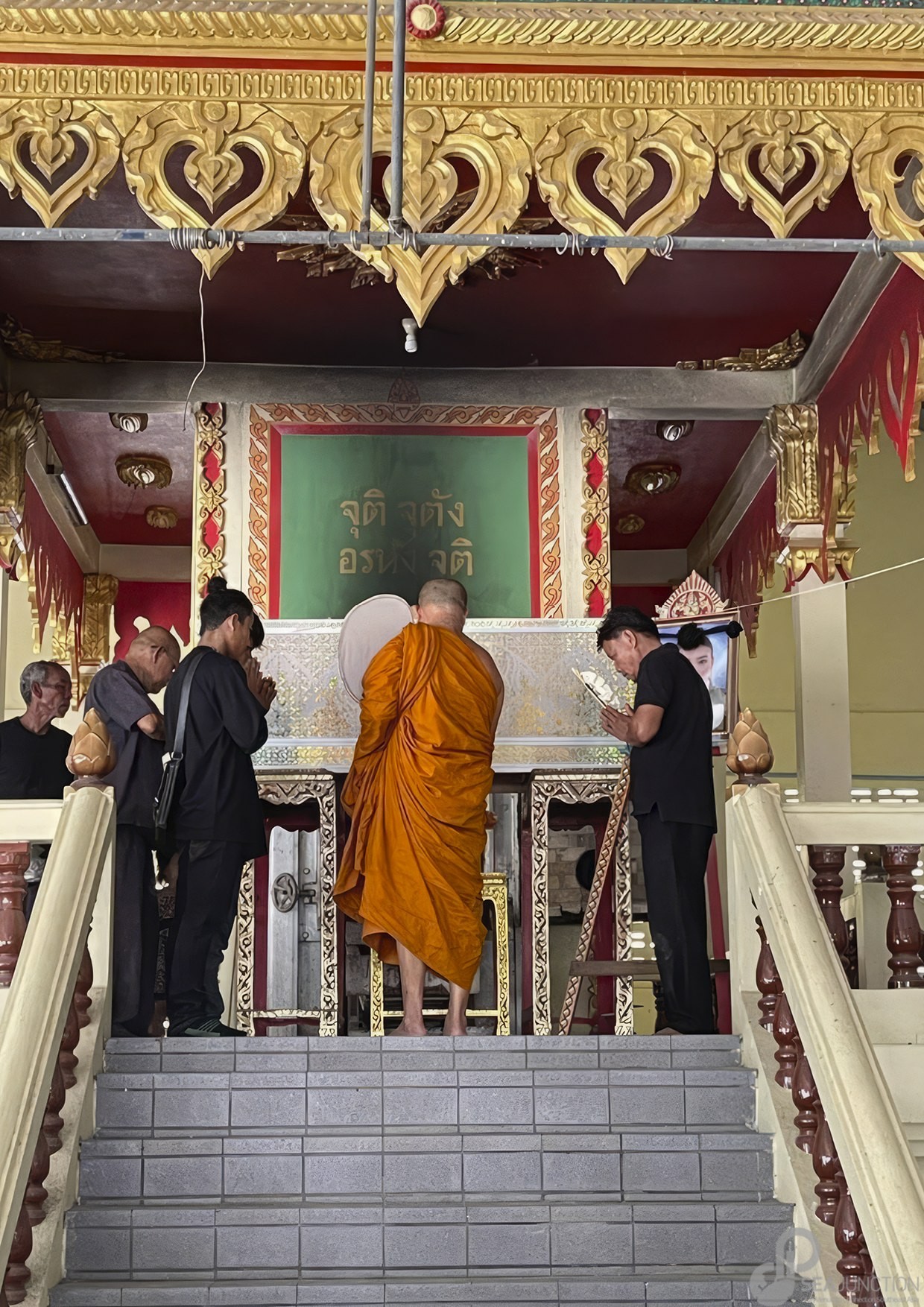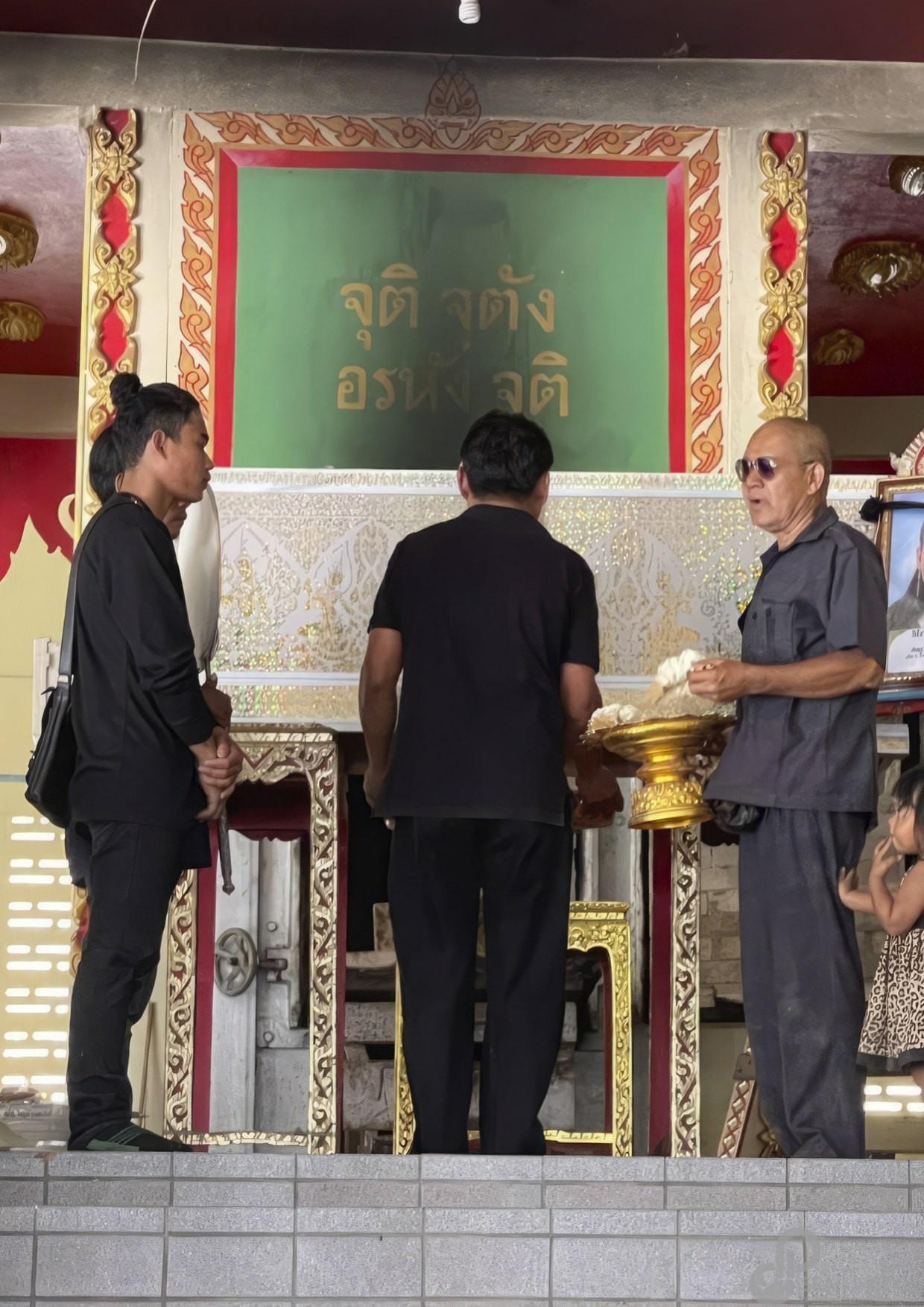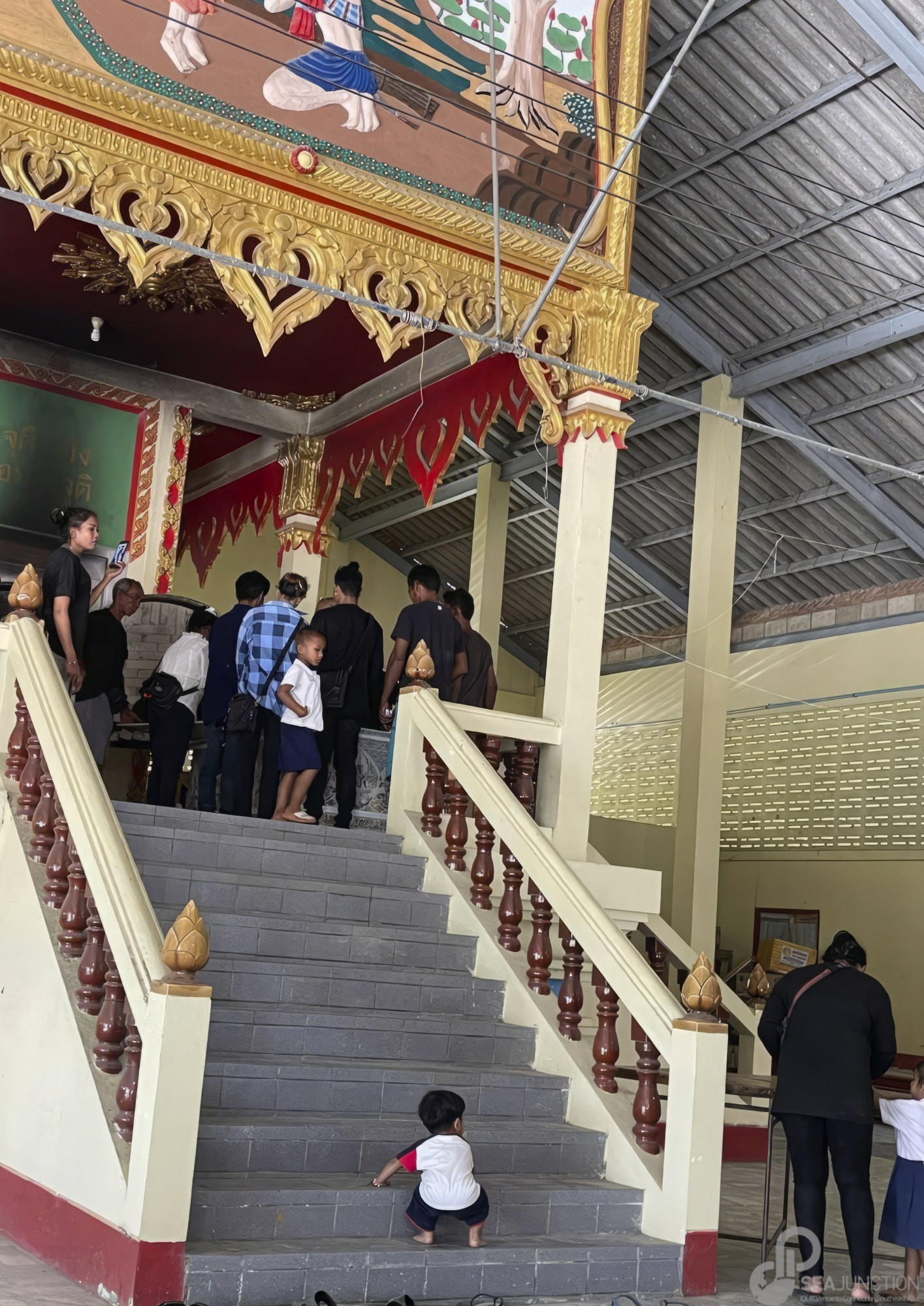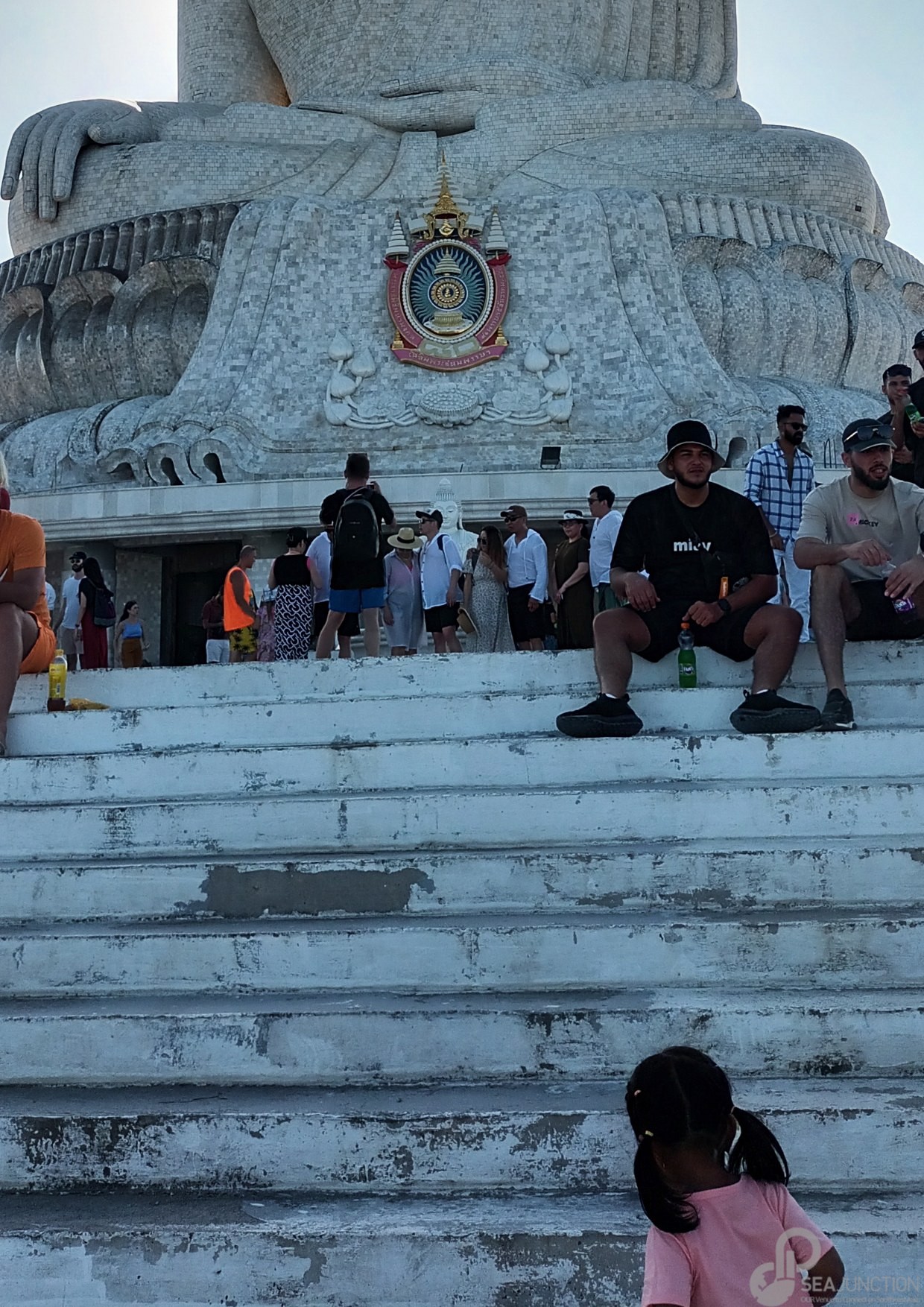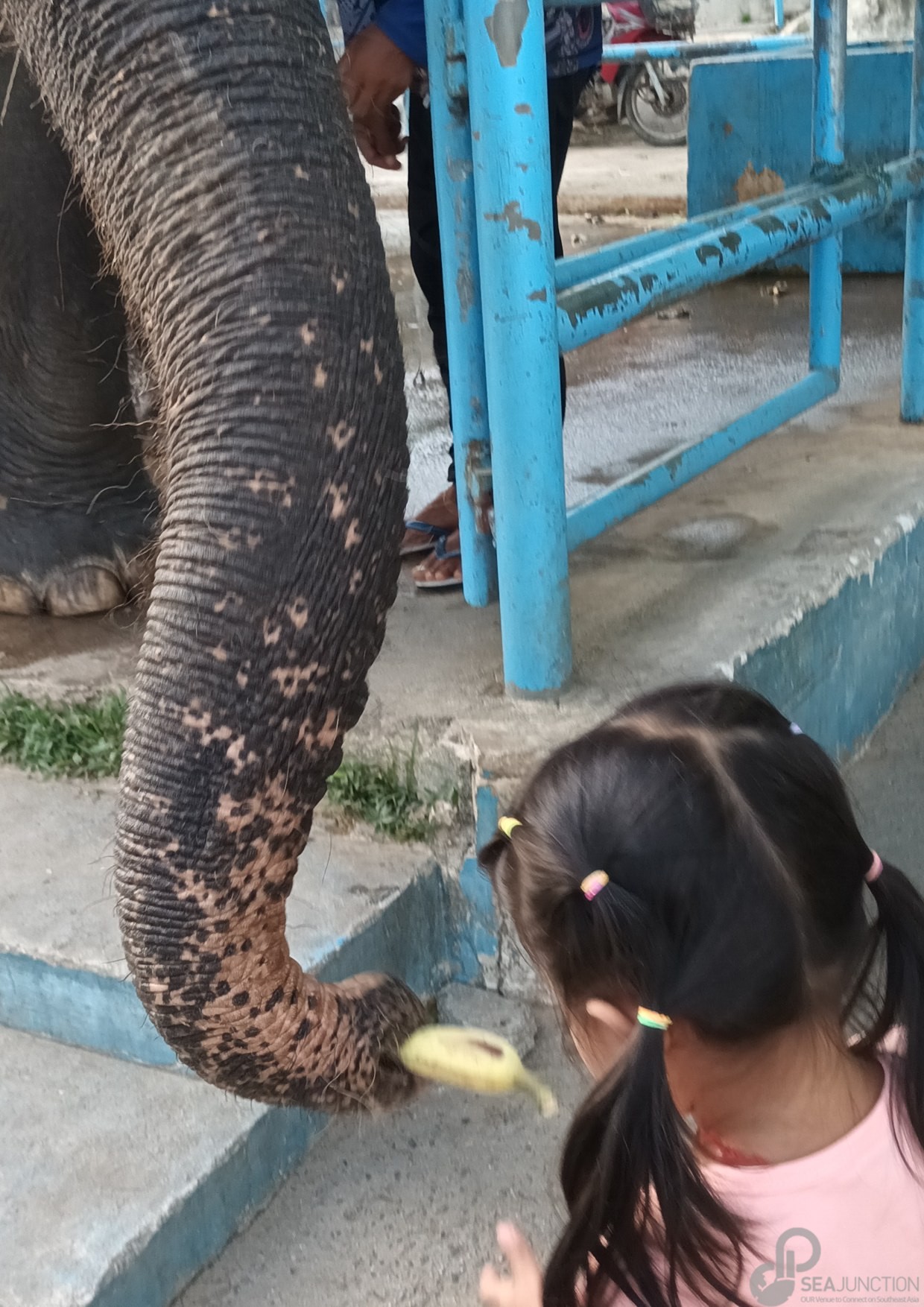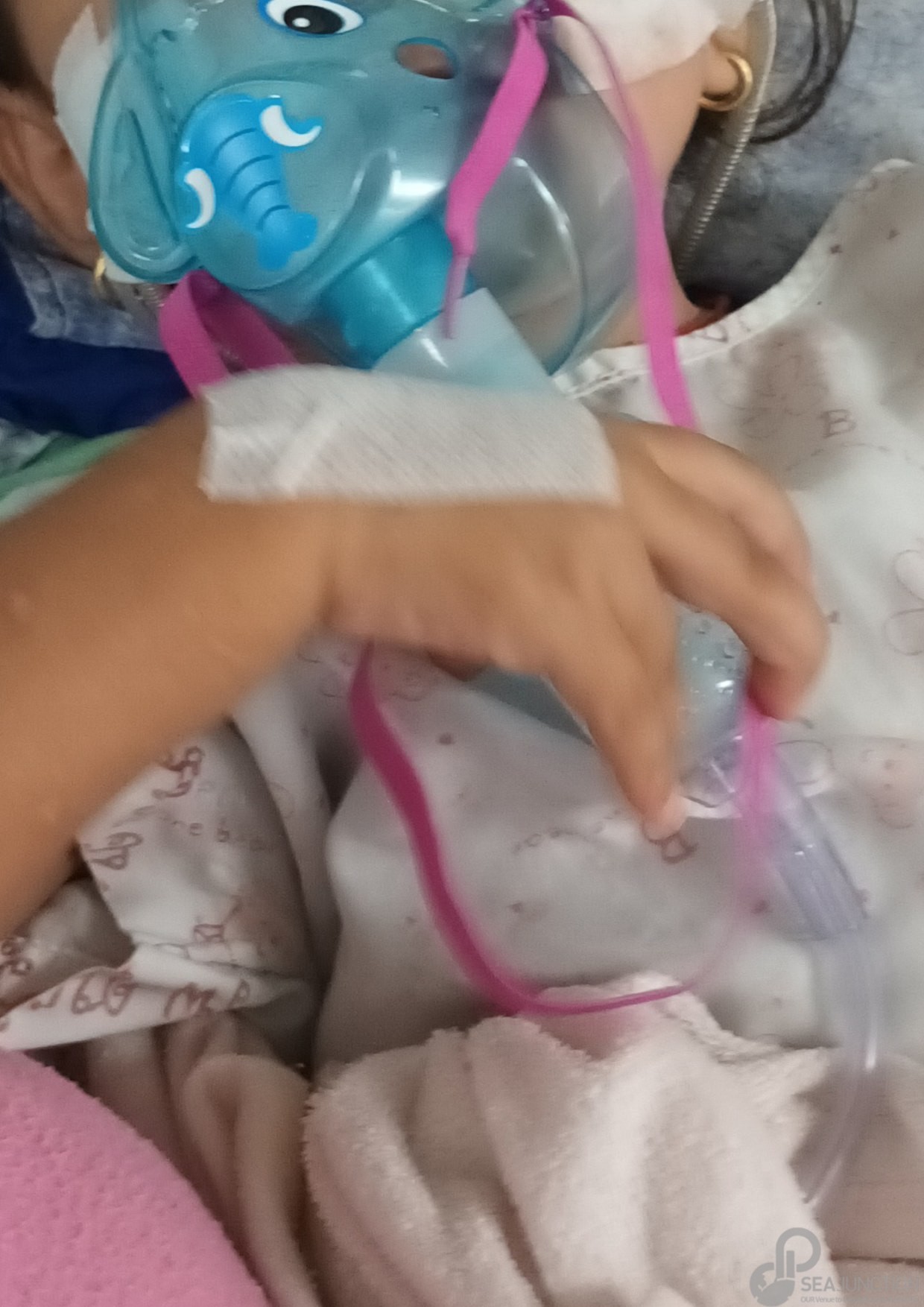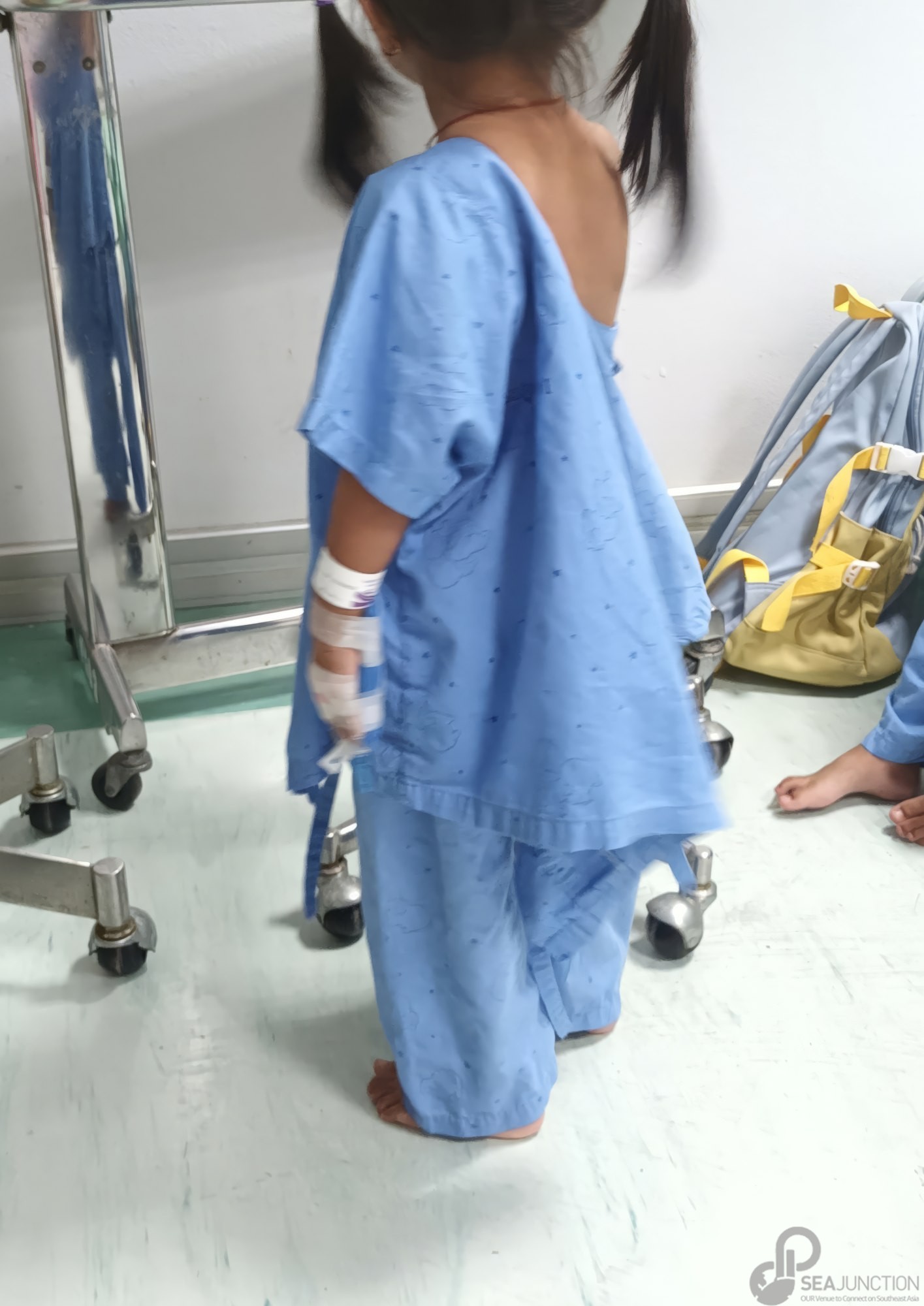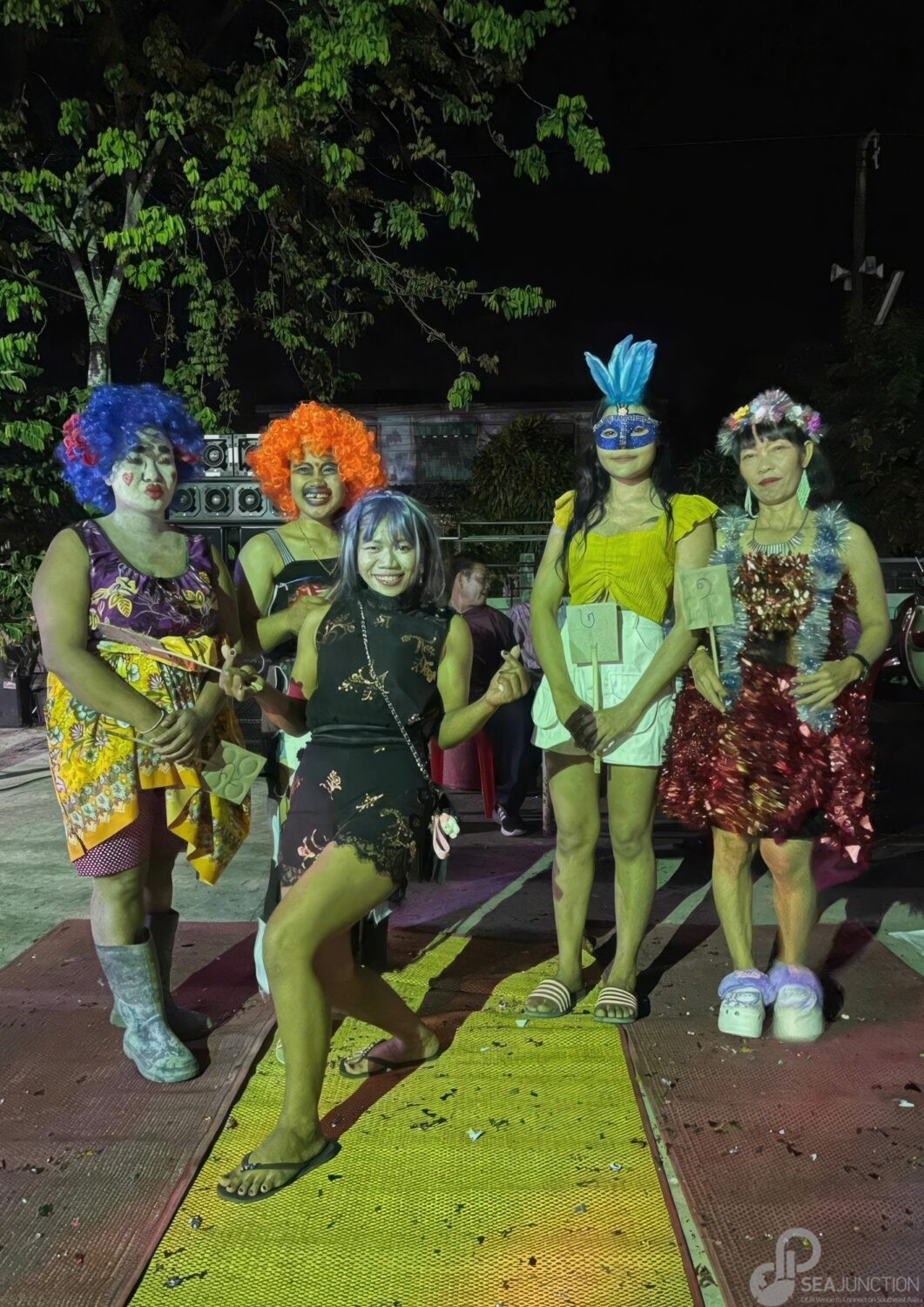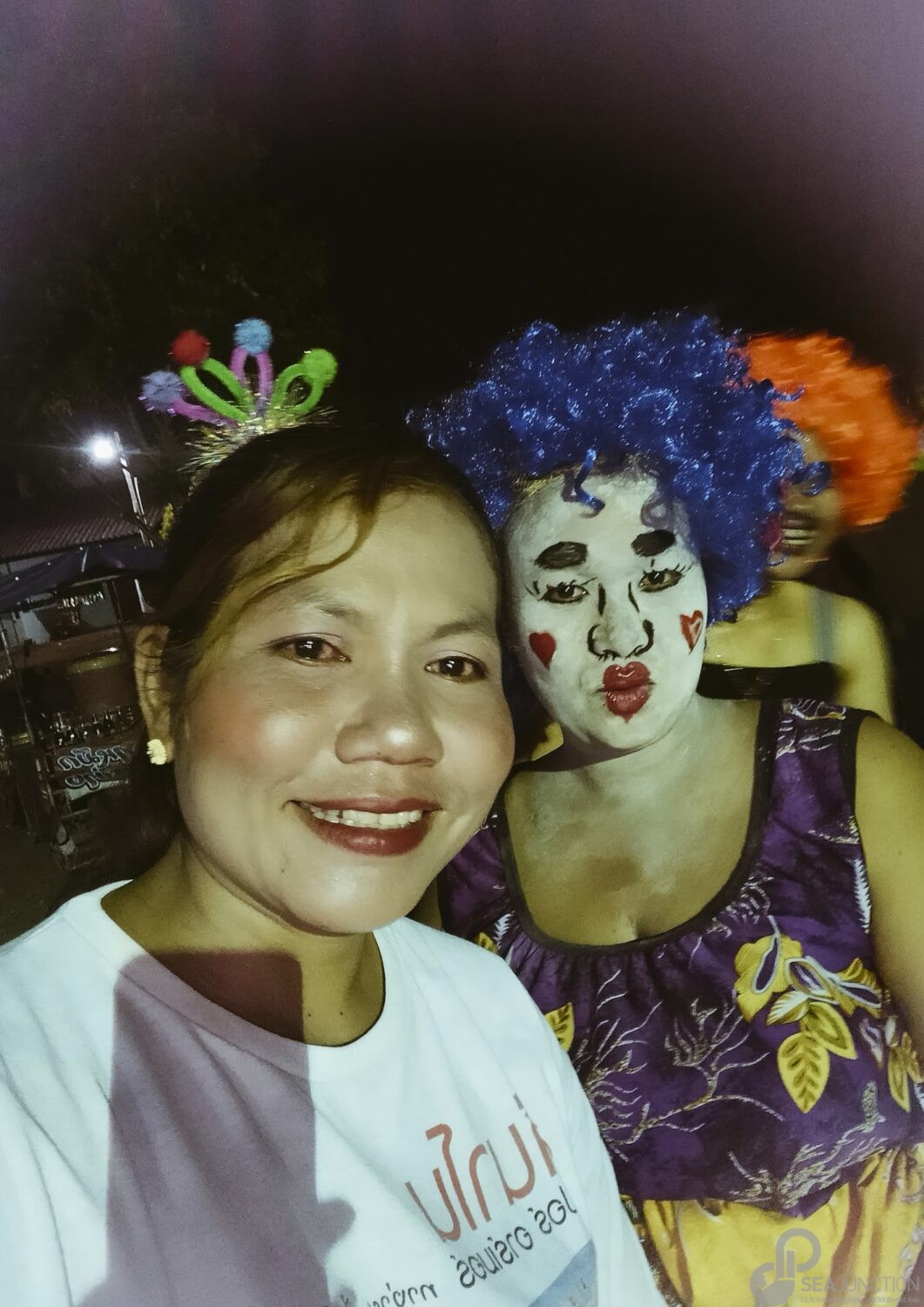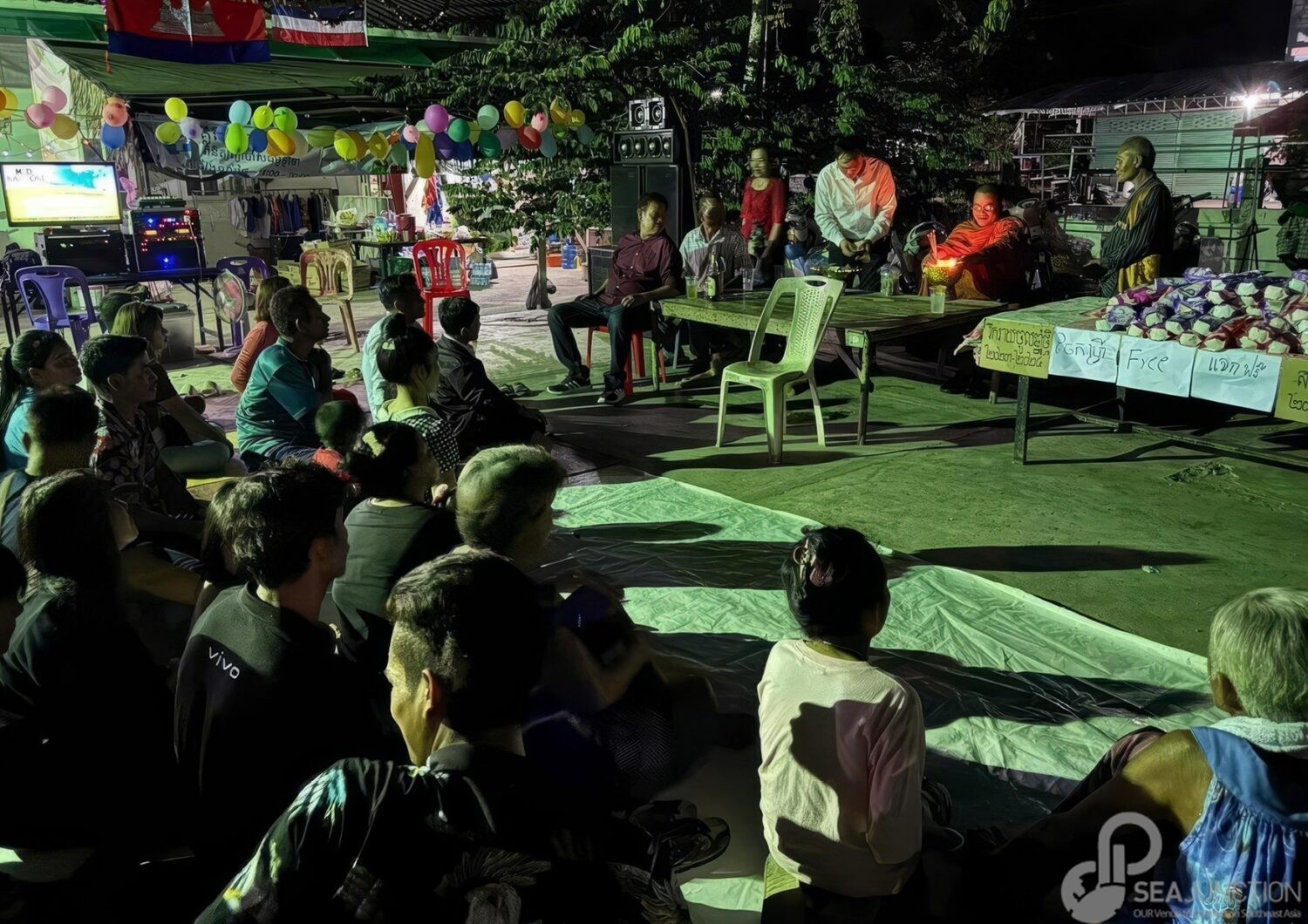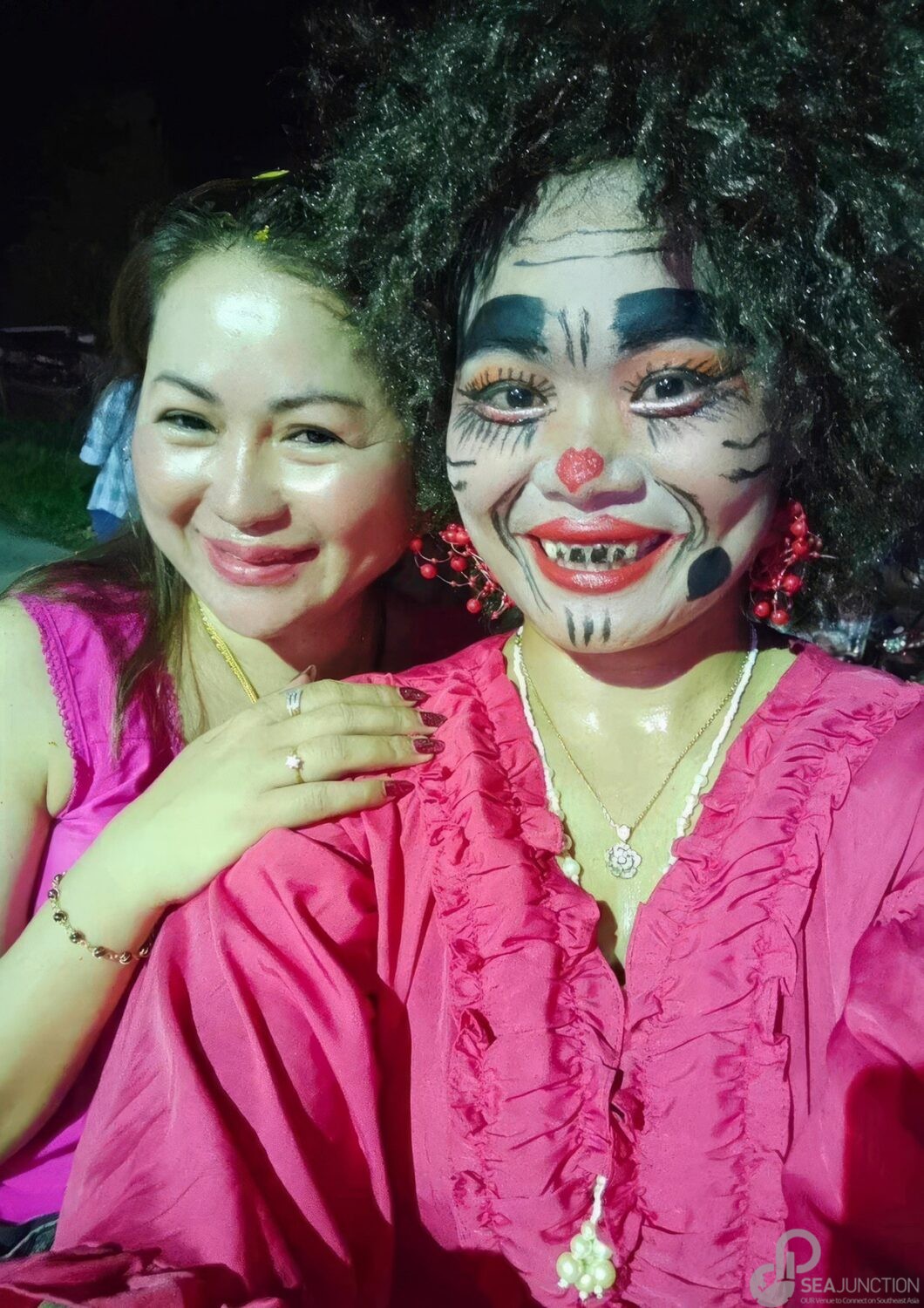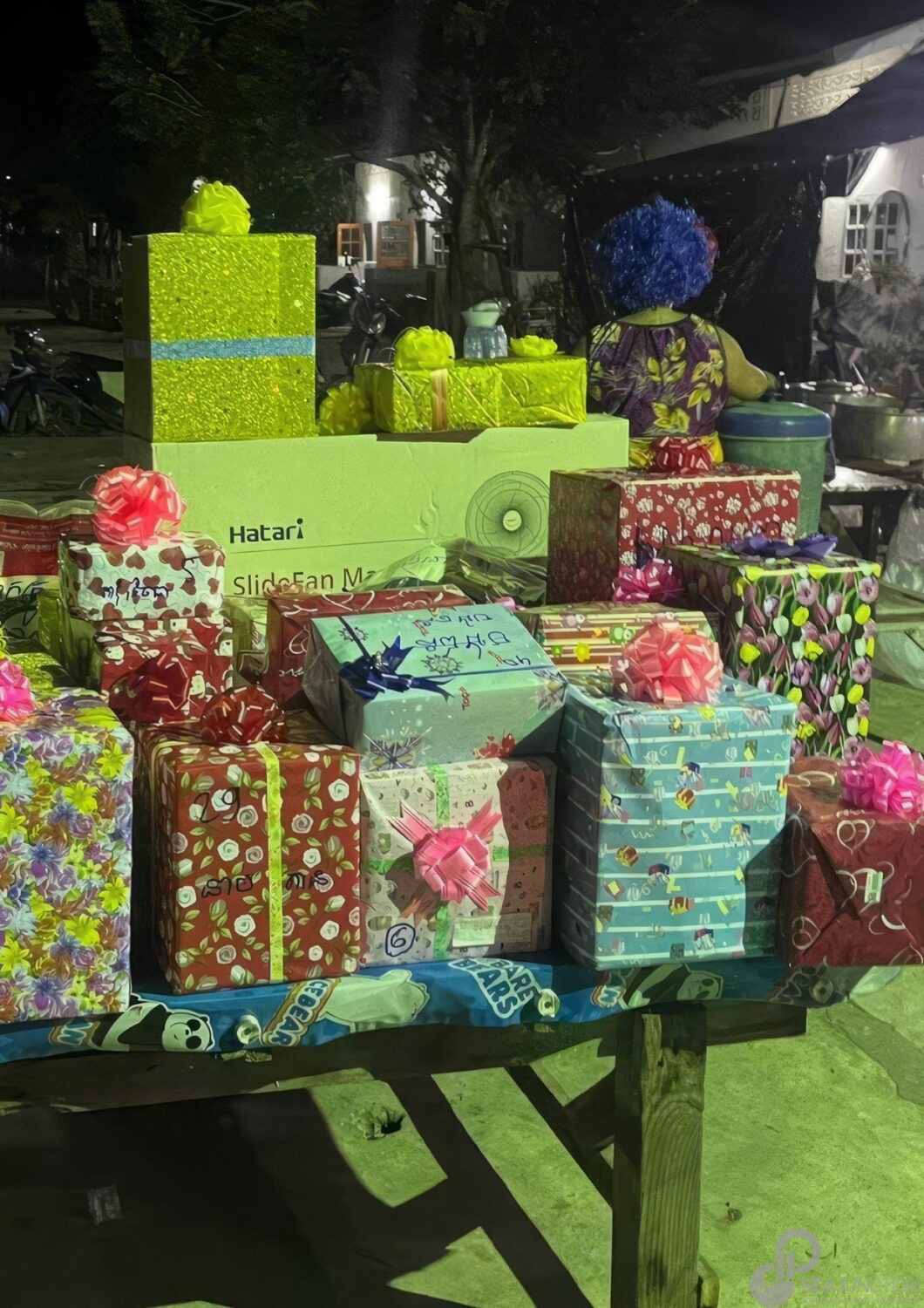BANGKOK // Migrant workers from Cambodia and Myanmar who are currently employed in the fishing and seafood packaging industry in the south of Thailand, showcased their photo stories. These pictures shot with their mobile phones were shown by SEA-Junction in an exhibition at the Bangkok Art and Culture Centre (BACC) in May 2024. They capture their daily lives, showing challenging, entertaining, or mundane moments. They also depict interactions with their natural and social environments, as well as their dreams and hopes for the future.
The exhibition’s message, reflected in the title, emphasises that migrants are more than just workers; they are individuals like anyone, with their daily routines, their joys and their worries, and a strong resolve to make a living even as they have to face various forms of exploitation. The photos also illustrate how migrants have embraced Thai society, highlighting the importance of introducing integration policies.
The collaborative idea came from Rosalia Sciortino, founder and director of SEA-Junction and the Ship to Shore Rights South East Asia initiative by ILO (International Labour Organization), funded by the European Union.
“We have seen a lot of pictures of migrant workers at work, like on the boat, but we hardly see the other aspects of their lives, how they live, how they enjoy lives or entertain themselves after the hard work, how they travel around, etc”, said Dr. Rosalia Sciortino. “We made an open call on social media for migrant workers to send pictures they took of their daily lives and what was important for them. We partnered with Human Rights Development Foundation to help spread the word in communities. One Cambodian and two Burmese facilitators coordinated the project with migrant workers communities from PhangNa, Phuket, Ranong and Chanthaburi.”
This exhibition celebrates migrants’ identities, actions, and unique qualities that are essential to our shared humanity, rather than portraying them as anonymous figures. Recognizing and valuing migrants’ journeys and hopes is essential for creating a society that is fair and inclusive, respecting the dignity of all individuals.
Dr Rosalia Sciortino added, “Our aim is to show the gap between the policy side that views migrants only as temporary workers and the reality that they are an actual part of the social fabric. We need to start talking about integration in Thai society, that has to become more inclusive. At the moment there is no discussion. Policy should change because for now there are not many efforts to include non-Thai people into the health and education system. There should be more facilitation of language skills and capacity building, and a recognition that Thai society is already diverse and pluralistic”.
Sayan Chuenudomsavad is a documentary photographer residing in Bangkok. He provided photographic guidance to the workers who participated in the project and selected the pictures to be displayed at the exhibition.
“The project aimed to bridge gaps and foster connections. Migrant workers play a crucial role in Thailand’s economy, especially in sectors like fisheries. However, it often feels like we operate separately, without truly understanding each other. I want to create opportunities for Thais and migrant workers to meet and learn from each other. The photos on migrants’ phones may seem simple, but they are powerful tools that can transcend time, place, and distance to achieve this goal”.
Sayan mentioned that the amateur photographers took those pictures casually, but they turned out to be really meaningful and could demonstrate everything about their lifestyle.
“Just by looking at these pictures, you can see how they live. After I guided them on how to capture their own stories through images, they took so many photographs that I could not count in total. I focused on storytelling tips rather than photographic techniques, asking them what stories about themselves they wanted to tell. Then I selected a set of photos and put it into a series that conveyed those stories. I found some interesting photos, of wedding ceremonies, funerals, and New Year parties, of fellow migrant workers in their network lending hands and helping each other in those happy events and hard times. They did not realise how it could help in the greater scheme of things. Even though they looked so ordinary to them, for outsiders, these photos touched on so many feelings.”
Sayan added, “Sometimes they were only scenery photos, sunsets, sunrises, blue skies or twilight skies. He or she told me that there was no story in it, just their feelings and appreciation of nature’s beauty that drove them to pick up their phones to capture the moment. I picked some of these photos to show the other aspects of the migrant workers, who worked so hard but were still full of an artistic sense”.
There is one message that he wanted to give to all the people coming to look at the pictures.
“It is simply, “Pleased to meet you” I wanted people who visited the exhibition to see these photos and kind of wanted to say this, and hopefully the migrant workers could also say “Pleased to meet you too” back. This is the starting point to learn about each other. I only knew that the migrant workers come to work in Thailand, be on the boat for several days, get back to the shore for a few days, and then go back to the sea again.
After working with them on this project, I have learned that they are not only labourers, but we do share similar aspirations such as;
We’re looking for a better life, a better future.
We entertain ourselves after a long day of hard work, laughing, fighting, crying, meeting and saying goodbye.
This is the message.”



